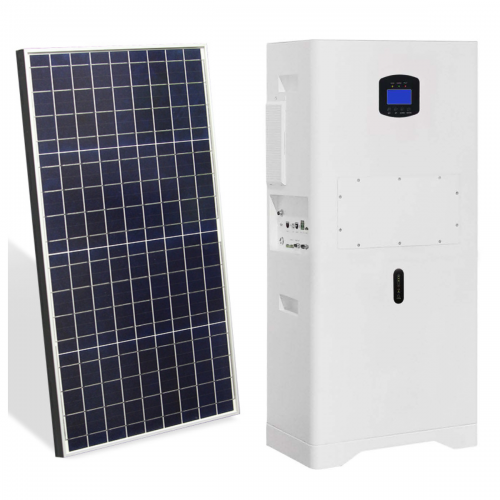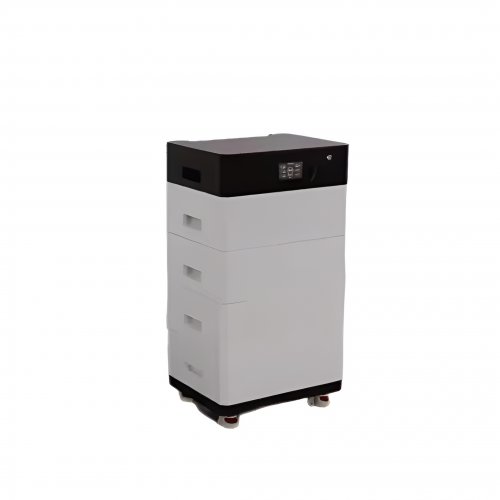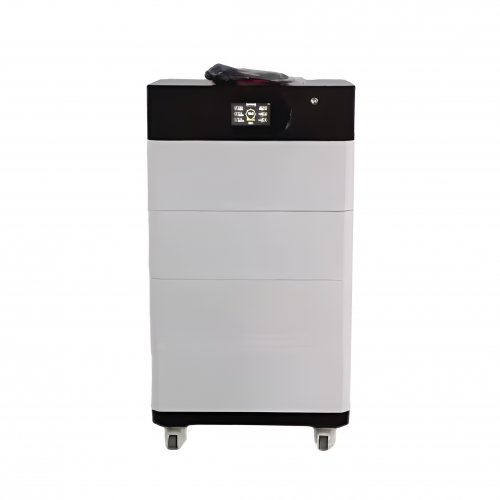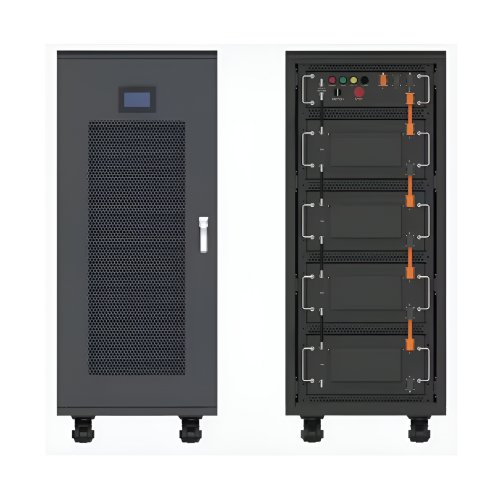How To Use Charging Instructions: A Comprehensive Guide To Safe And Efficient Battery Charging
Proper battery charging is essential for maintaining the health, longevity, and safety of your electronic devices, from smartphones and laptops to power tools and electric vehicles. Incorrect charging habits can significantly reduce battery capacity over time and, in rare cases, pose safety risks. This guide provides detailed charging instructions, offering practical steps, expert tips, and crucial precautions to ensure you get the most out of your devices.
Understanding the Basics: Charging Cycles and Battery Health
Before diving into the steps, it's important to understand a key concept: the charge cycle. Most modern devices use Lithium-ion (Li-ion) or Lithium-polymer (Li-Po) batteries. A charge cycle is defined as using 100% of the battery’s capacity, but not necessarily from a single charge. For example, you might use 60% one day and 40% the next, completing one full cycle. These batteries have a finite number of cycles before their capacity diminishes. The goal of proper charging is not to avoid cycles but to manage them in a way that prolongs the battery's overall life.
Detailed Step-by-Step Charging Instructions
1. Use the Official Charger and Cable: Always prioritize using the manufacturer-provided charger and cable. These are specifically engineered to deliver the correct voltage and current (amperage) for your device. Third-party accessories, especially cheap, uncertified ones, may not regulate power correctly, leading to slow charging, battery damage, or overheating.
2. Inspect Your Equipment: Before plugging anything in, perform a quick visual inspection. Look for any signs of damage on the charger, cable, and your device’s charging port. Frayed cables, bent connectors, or debris in the port can cause poor electrical contact, short circuits, or electric shocks.
3. Connect in the Correct Order: The recommended sequence is to first plug the charger into the wall outlet, then connect the cable to your device. This minimizes the risk of a power surge reaching your device and ensures a stable flow of electricity from the start. Conversely, when disconnecting, unplug the device first, then the charger from the wall.
4. Monitor the Charging Process: Most devices provide clear indicators, such as a lightning bolt icon or a changing battery graphic, to show that charging has initiated. If your device supports it, enable notifications that confirm a secure connection. If the device doesn’t indicate it’s charging, or if you hear unusual sounds, feel excessive heat, or smell burning, disconnect immediately.
5. Disconnect at Full Charge: While modern devices have chips to prevent overcharging by stopping the current flow at 100%, it is still good practice to unplug the device once it’s fully charged. Keeping the battery at 100% charge for extended periods, especially while still plugged in and generating heat, can place unnecessary stress on it.
Pro Tips for Optimizing Battery LongevityThe 20-80% Rule: For optimal long-term health, try to keep your battery level between 20% and 80%. Avoid letting it regularly drop to 0% and similarly, avoid always charging it to 100%. Many devices even offer a software setting to limit charging to 80-90% to preserve battery health.Avoid Extreme Temperatures: Batteries are highly sensitive to temperature. Never charge a device that is very hot or very cold. If your phone is hot from use or direct sunlight, let it cool down before charging. Similarly, avoid leaving devices in a hot car while plugged in.Charge Slowly When Possible: While fast charging is convenient, it generates more heat, which degrades the battery faster. If you are charging overnight or are not in a hurry, use a standard, slower charger (e.g., a 5W or 10W adapter instead of a 25W+ one).Store at Partial Charge: If you plan to store a device without using it for a month or longer, do not leave it fully charged or completely drained. A charge level of around 50% in a cool, dry place is ideal for long-term storage.
Critical Safety Warnings and PrecautionsNever Cover a Charging Device: Always charge your device on a hard, flat, and non-flammable surface like a desk or nightstand. Never charge it on a soft surface like a bed, sofa, or under a pillow, as this can trap heat and create a serious fire hazard.Beware of Water and Moisture: Keep all charging components away from liquids and damp areas. Never handle a charger with wet hands or plug in a device that has any moisture in its port.Unplug During Storms: To protect your device from potential power surges caused by lightning, unplug it from the wall during electrical storms.Do Not Use Damaged Equipment: If your charger, cable, or device port shows any sign of damage—melting, discoloration, fraying, or bent prongs—stop using it immediately and replace it with a certified component.Listen to Your Device: Your device will often give you warnings. If it becomes unusually hot during charging, the charging process is inconsistent, or the casing appears to be bulging (a sign of a failing battery), cease use and consult the manufacturer or a qualified technician.
By following these detailed charging instructions, you are investing in the longevity and safety of your valuable electronics. Adopting these habits will help ensure your devices remain reliable and powerful for years to come.
Customized/OEM/ODM Service
HomSolar Supports Lifepo4 battery pack customization/OEM/ODM service, welcome to contact us and tell us your needs.


HomSolar: Your One-stop LiFePO4 Battery Pack & ESS Solution Manufacturer
Our line of LiFePO4 (LFP) batteries offer a solution to demanding applications that require a lighter weight, longer life, and higher capacity battery. Features include advanced battery management systems (BMS), Bluetooth® communication and active intelligent monitoring.

Customised Lithium Iron Phosphate Battery Casing
ABS plastic housing, aluminium housing, stainless steel housing and iron housing are available, and can also be designed and customised according to your needs.

HomSolar Smart BMS
Intelligent Battery Management System for HomSolar Energy Storage System. Bluetooth, temperature sensor, LCD display, CAN interface, UART interface also available.


Terminals & Plugs Can Be Customized
A wide range of terminals and plugs can be customised to suit the application needs of your battery products.

Well-designed Solutions for Energy Storage Systems
We will design the perfect energy storage system solution according to your needs, so that you can easily solve the specific industry applications of battery products.



About Our Battery Cells
Our energy storage system products use brand new grade A LiFePO4 cells with a battery lifespan of more than 4,000 charge/discharge cycles.



Applications in Different Industries
We supply customized & OEM battery pack, assemble cells with wiring, fuse and plastic cover, all the cell wires connected to PCB plug or built BMS.
Applications: E-bike, Electric Scooter, Golf Carts, RV, Electric Wheelchair, Electric Tools, Robot Cleaner, Robot Sweeper, Solar Energy Storage System, Emergency Light, Solar Power Light, Medical Equipment, UPS Backup Power Supply.
We can provide you with customized services. We have the ability to provide a vertical supply chain, from single cells to pack/module and to a complete power solution with BMS, etc.


HomSolar (Shenzhen) Technology Co., Ltd
























